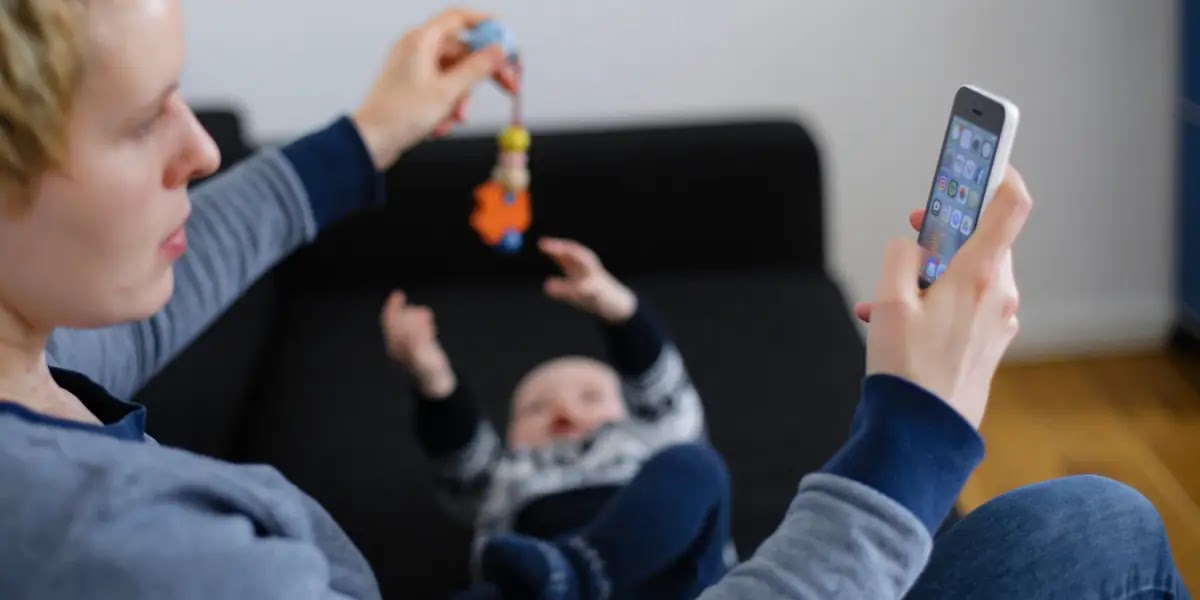My top three most used apps on my phone are Instagram, messages, and Snapchat. I consider, at least messages and snapchat, to be communication-based platforms and less on endless consuming. Instagram is where I go to scroll. This is where I spend a lot of my screentime hours. While around two hours of Instagram a day is not great, that number has significantly decreased since the pandemic. Like many, during this time I would spend 8-10 hours a day in front of a screen, whether that was for online school, homework, or scrolling on Tik Tok. I have realized that I am addicted to my phone. This might not sound like a ‘real addiction’ but studies show that more and more people have come to admit their phone and social media addictions. I was curious on the way the brain works with this kind of addiction so I discovered Dr. Anna Lembke, the author of the novel Dopamine Nation. Lembke has discovered that behavioral addiction, as opposed to substance, has skyrocketed in the last few years. She stated “with cocaine you run out of money, but Tik Tok is indefatigable”. In the article Constant Craving: How Digital Media turned us all into Dopamine Addicts, Lembke explains that when we are on social media and see a post or something that we like, we get a hit of dopamine. Dopamine is the ‘feel good’ hormone that releases a feeling of satisfaction and happiness. After the hit of dopamine, the brain enters the ‘come down’ period. Here, the brain craves another dopamine hit, and the less addicted one is the weaker the urge. If the craving is given into, then the brain will be looking out for that next hit and will try to reach that high. When something like this becomes a behavior, the brain slowly lowers and lowers its threshold for dopamine. This is why anxiety and depression is at an all-time high, even though we have endless happiness and satisfaction at our fingertips.
I used Tik Tok up until December of 2022. I realized how much time I would spend on it and how much it controlled my brain. I would think about it when I wasn’t on it, I would be with friends or family and wanting to go on Tik Tok instead; it had totally taken over my mental life. So around this time I decided to delete Tik Tok. Since then I have been using Instagram more and scrolling their short form video section, but it is less gratifying. In my opinion the algorithm is not as accurate and addictive as Tik Tok is, which has helped me cut back my time significantly.
I believe that society has a much different relationship with technology and social media as I do. One of the videos that we watched as a class was the Mad World Video. It is clear to see how everyone in the video is glued to their phones, not aware of the world around them. When walking around, I always see someone my age without a device on them. Even though our generation consumes media the most and has the worst technology addictions, in my opinion we get a bad rap. We have been fed technology from a very early age.
other people. For example, in fast food restaurants, there are self service cashier screens, and people would much rather use these than talk to the cashier. Sometimes this can be more convenient, but no one every says hello to strangers anymore.
Technology and social media has also affected my relationships with others. There are positives and negatives that come from this. Technology has been useful in the aspect that I can stay in contact with friends that I do not see everyday. This helps me create a sense of community and connection on social media. However, I find myself spending time scrolling on social media and mindlessly going on my phone when hanging out with people in person. I also sometimes will be with people and feel the need to get away and go spend time alone on my phone. I am trying to grow away from this addiction and find natural dopamine outside of technology.
As far as my online footprint, I am private on all social media except for LinkedIn. When I am looked up, my LinkedIn posts and photos come up. My Instagram profile is also linked, but since I am a private account, nothing I shared with the public. I have been on the internet since 2016, but I have not left much of a digital footprint besides recent LinkedIn activity.
I hope that this class and self-analysis will help me to grow away from addictive behaviors with technology and move into using it in a healthier way.








No comments:
Post a Comment